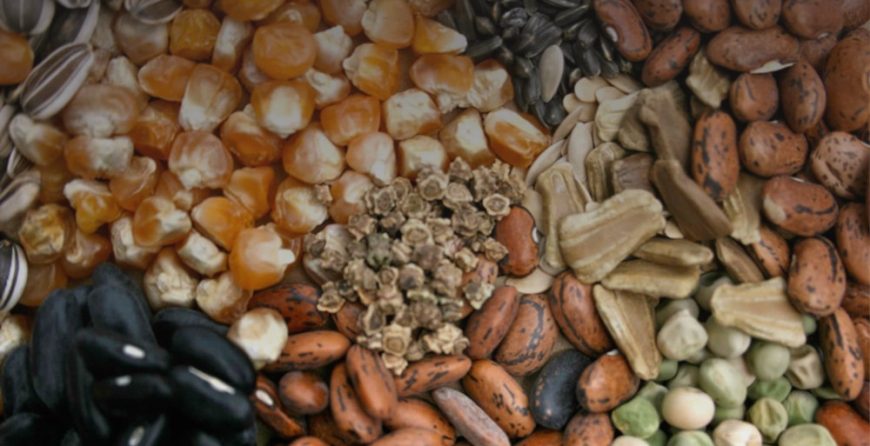 The art of saving seeds for your next growing season was started by our forefathers. However, as time passed by new farming technologies replaced this organic gardening technique. Fortunately, organic gardeners have understood the importance of saving seeds and are coming up with ways of preserving their healthy seeds. Storing your seeds improperly can ruin them and ruin your dreams of enjoying another bountiful harvest. Here is a guide on how to store your saved seeds without going bad.
The art of saving seeds for your next growing season was started by our forefathers. However, as time passed by new farming technologies replaced this organic gardening technique. Fortunately, organic gardeners have understood the importance of saving seeds and are coming up with ways of preserving their healthy seeds. Storing your seeds improperly can ruin them and ruin your dreams of enjoying another bountiful harvest. Here is a guide on how to store your saved seeds without going bad.
Gather the seeds
When gathering and saving seeds from your garden produce, select the best seeds and lay them on a newspaper to dry for 5 or more days. If you are drying many seed types, write their names on the newspaper you lay them on to avoid any mix-up. Once the seeds are completely air dried, pack them in small envelopes or paper packets that should be labeled accordingly with plant names. Remember that; you must plant open-pollinated crop varieties if you want to save your seeds; hybrids never work.
Where and how to store your saved seeds
The seed packets or envelopes should be placed in plastic film canisters, storage bags, glass canisters or mason jars with tightly fitted lids. Designate a cool and dry place to store the seeds that should be in containers. Note that changes in humidity and warmth lessen the seeds shelf life and sometimes quality. Meaning that the ideal place to store your seeds should be the fridge. However, ensure that their storage containers are tightly sealed and do not place them in the freezer section.
Keep seeds dry
Since you will store the seeds in the refrigerator, they are prone to getting moist. To keep them dry, wrap a few spoons of powdered milk in facial tissues and place them in the storage containers holding the seeds. The milk powder packets will take in moisture. Silica gel also serves the purpose. Both milk powder packets and silica gel should be replaced after every six months.
Date your seeds
It is advisable to save seeds every year whether or not you exhausted previous year’s seeds. Hence, the need to date and mark your seeds accurately. Also, store every year’s seeds together and date them according to the season. Most seeds retain their quality for a maximum of three years. So, you can easily know the seeds that are past their shelf life at a glance.
Ready to plant
Once planting season arrives, remove the seed containers from the fridge but keep them tightly closed until the seeds attain room temperature. Otherwise, air moisture can condense on the seeds and cause clumping.
Accept losses
Despite how organized and careful you are, there will always be a few seeds that will go bad or fail to germinate. If this happens, accept that it is normal and move on.
Conclusion
Storing seeds is an organic gardening practice that ensures retention of good plant genes year after year. Also, it is a way of ensuring that you grow organic crops exclusively because you are in control of what you plant.


